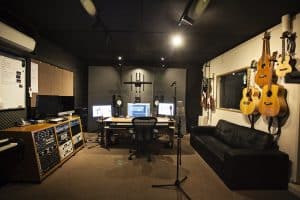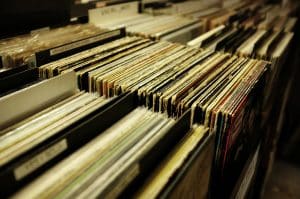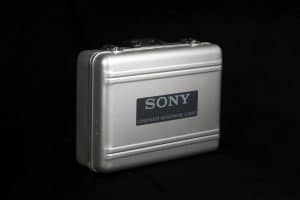Tips for EQ
EQing is a big subject but it doesn’t’ need to be intimidating in a Sydney sound studio. The best way to think of EQ is to understand that each instrument has its own “space”. We generally don’t want to invade that space with other instruments. We want to keep them distinct so they stand out more and occupy the frequencies that are most appropriate for them. Its as much about separating instruments as it is about blending in a recording studio! For example: Generally you don’t want to have a really bass heavy electric guitar mix because it will muddy the actual bass guitar mix. Another thing that can interfere with your bass guitar mix is unwanted lower mids in the kick drum. We want big lows on the kick and even some highs to give it some cut through but we don’t want it muddying up the bass mix. Sometimes when mixing we have to focus less on the actual sound of the individual instrument. Try and get a big picture of how it interacts with other instruments. Understanding frequency ranges is essential for this concept to flow nicely for you when you are mixing.
Tips for EQ inside certain frequency boundaries:
20 – 80Hz: These frequencies tend to be felt more than actually heard. They are where the “power” in the mix comes from. They give drive to the rest of the mix. The bass and kick drum live down here.
80 – 250Hz: The danger zone!!! Please remember this. A lot of instruments meet here and all compete for space so it’s really worth cleaning this up on each individual track. We don’t’ want it to be overcrowded and muddy here.
250 – 2kHz: This is where you will spend most of your time creating and sculpting the beauty of a good mix in a sydney recording studio. The fundamental harmonics of most instruments are in this range. Learn what instruments are most prevalent in this region and clean up around them to let them really shine and stand out.
2k – 5kHz: Try and be subtle in this area. It’s very powerful and gives clarity to most instruments. Be careful not to go overboard here because it can make a mix sound harsh. Sometimes it can be a fine line between crystal clear, crisp clarity and rowdy harshness.
5k – 8kHz: Particularly important in a Voice over studio – this is where the “s” sounds live and where consonants are defined. You give clarity to a vocal in this region.
8k – 20kHz: This is great for the top end of the Hi-hats and all cymbals. It’s a shimmering place, adds brightness and sparkle to the mix of your Sydney sound studio.
Tips for EQ with specific instruments:
Voice: If the voice is really booming you can use a high pass filter at 150Hz. If it is too thick and intrusive you can cut a bit out of the danger zone at around 240Hz. If you feel they are not standing out in the mix enough, boosting 2.5k will help them to cut through.
Bass guitar: Basses vary a lot and different instruments have different characteristics. Spend some time getting to know a bass during the input phase. Some melt like butter perfectly into any mix with very little work (like the Fodera NYC at Crash Symphony Productions). Others on the other hand require a bit more love and attention. Generally speaking if you feel the bass is too muddy, try cutting 160 – 200Hz. 700 to 1kHz will help the individual notes to stand out. This zone will also create that “new string” sound if the strings aren’t fresh. Be warned though, a lot of other instruments need that space between 700 and 1k so boost it sparingly and possibly automate it a little for “bass feature” passages.
Live Piano
Often the most complex instrument to mix. This really depends on the mics you are using and where they are positioned. Stay tuned for another article on this topic. If it is boomy you can often find the problem between 200 – 350Hz. If it’s a bit honky and “barking” cut more towards 400 – 500Hz. Between 2 and 4kHz you can get it to cut through. A little often goes a long way in that region!
Kick and lower toms
They will almost always sound quite boxy at around 500Hz and you can usually cull a fair bit in that region. 5k is where you will get the cut through to make sure they aren’t just lost in lows and low mids. 60-80Hz will give you the power and the drive that you want mostly from a kick drum.
Hi- Hat
A hugely important instrument that can determine groove, subdivision style and so many other important characteristics in a song. Cut back on lows and low-mids. You don’t really need much down there. Above that experiment and look for the character you want. Don’t forget 8k – 20k where you will get the brilliance.
Snare
You can be fairly gentle with most snares (though of course they vary). Generally speaking they can stand to lose a bit around 600Hz. 4k on the other hand can really give them the smack and cut through they need to drive a song. Depending on the drum itself and how it is tuned, 200Hz can sometimes be appropriate to boost a little. Experiment and see if this is what you’re looking for. Refer to 80’s power ballads for this style of snare!
For further reading to optimise your work in a Sydney recording studio, make sure you check out Udemy!




